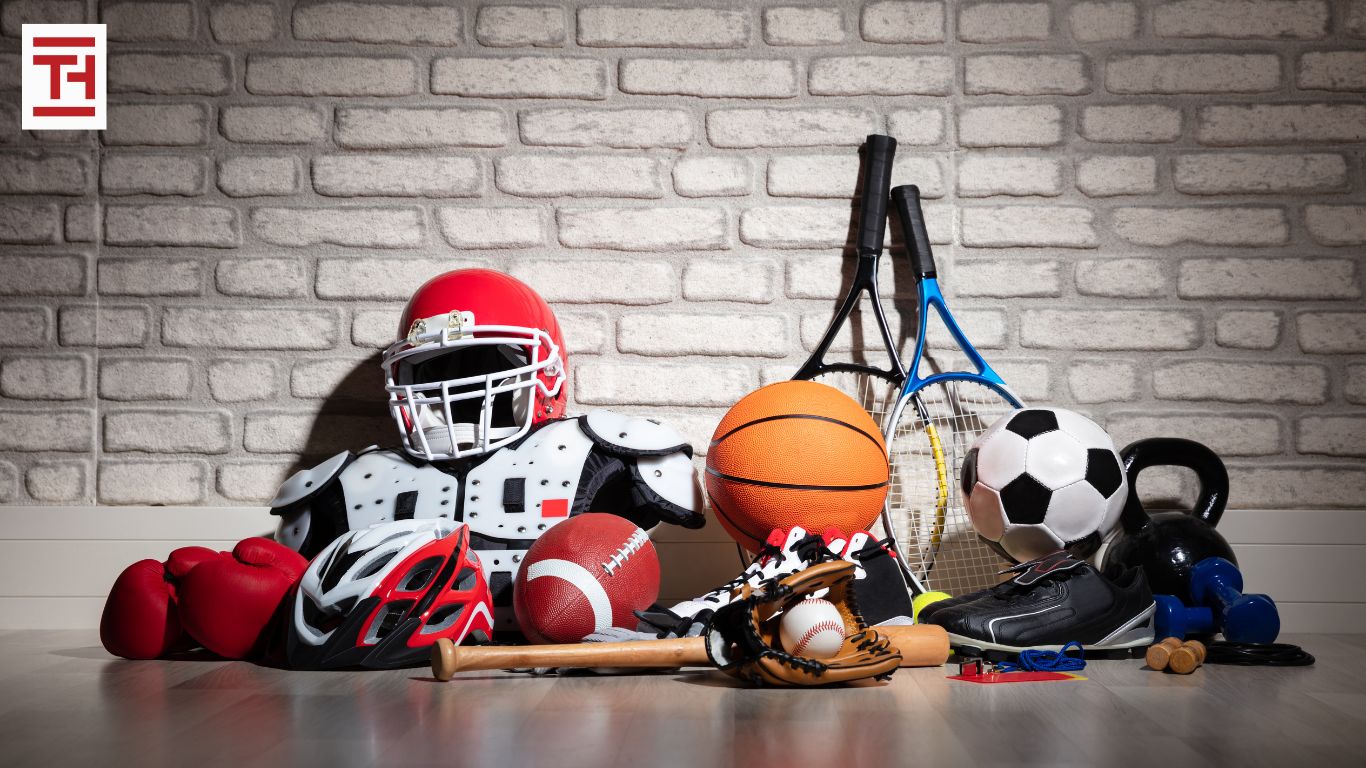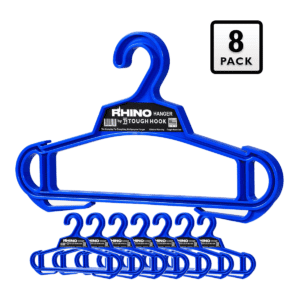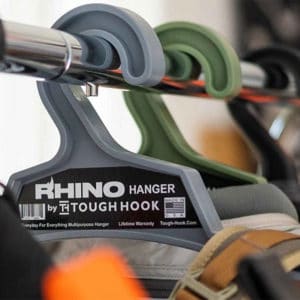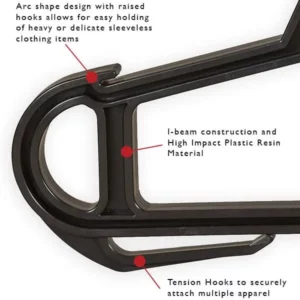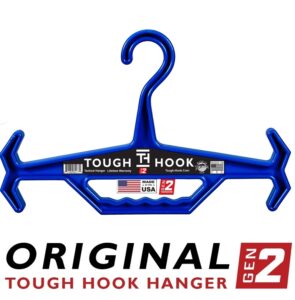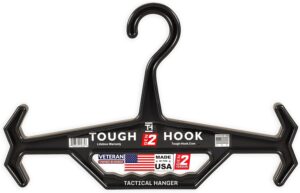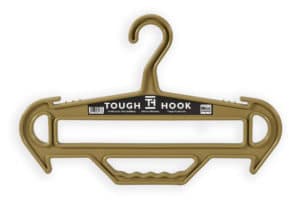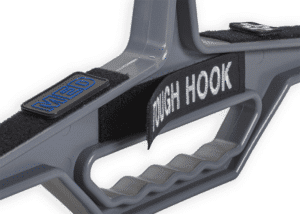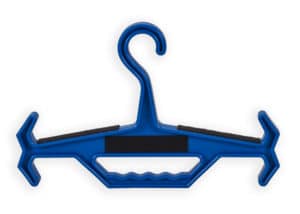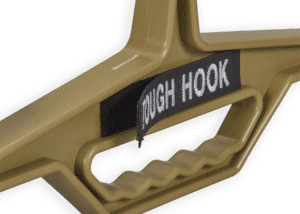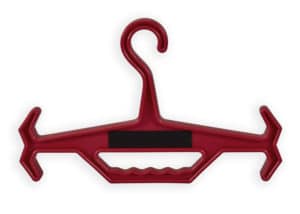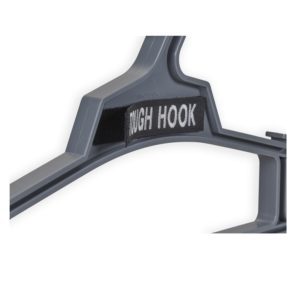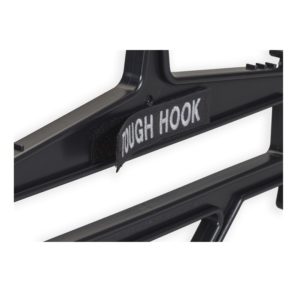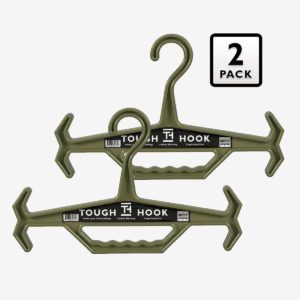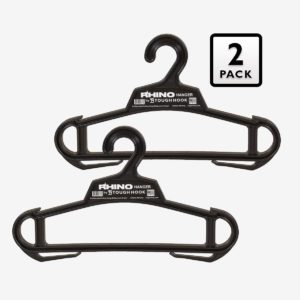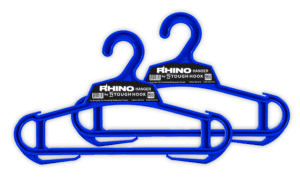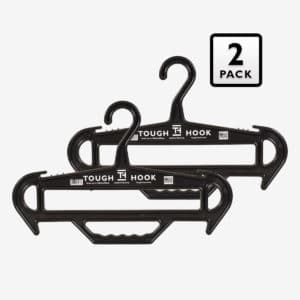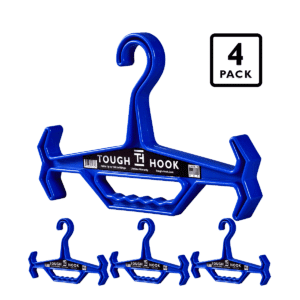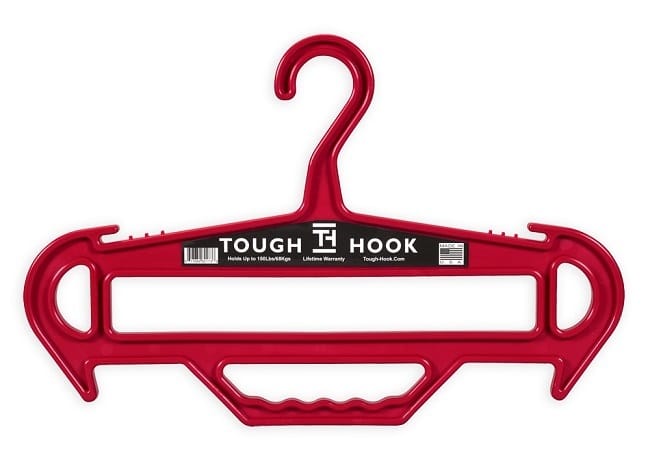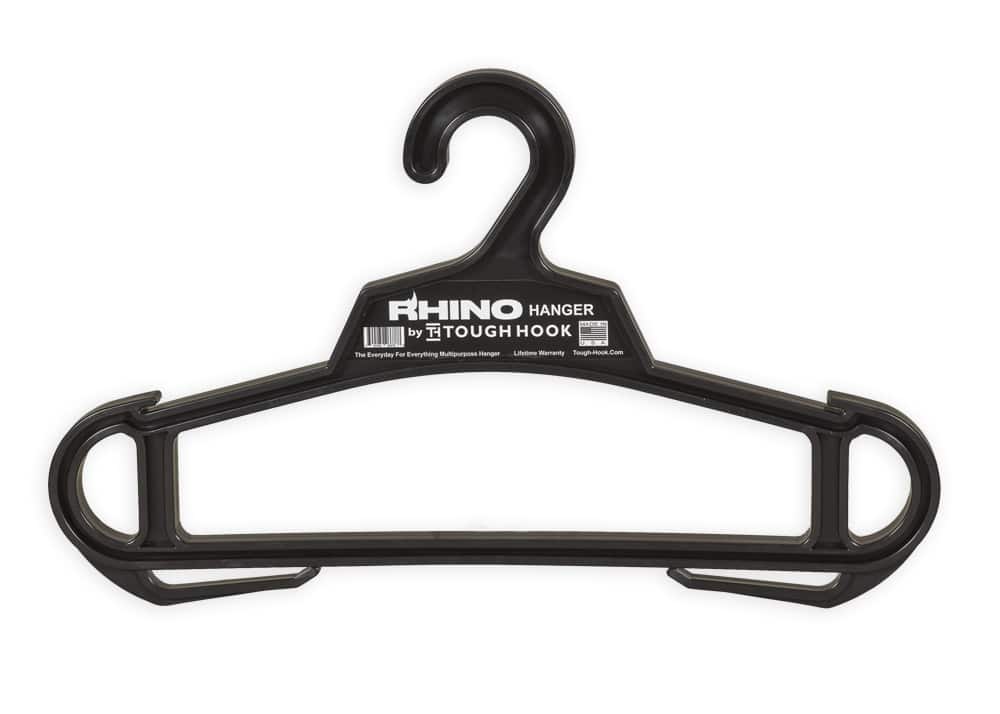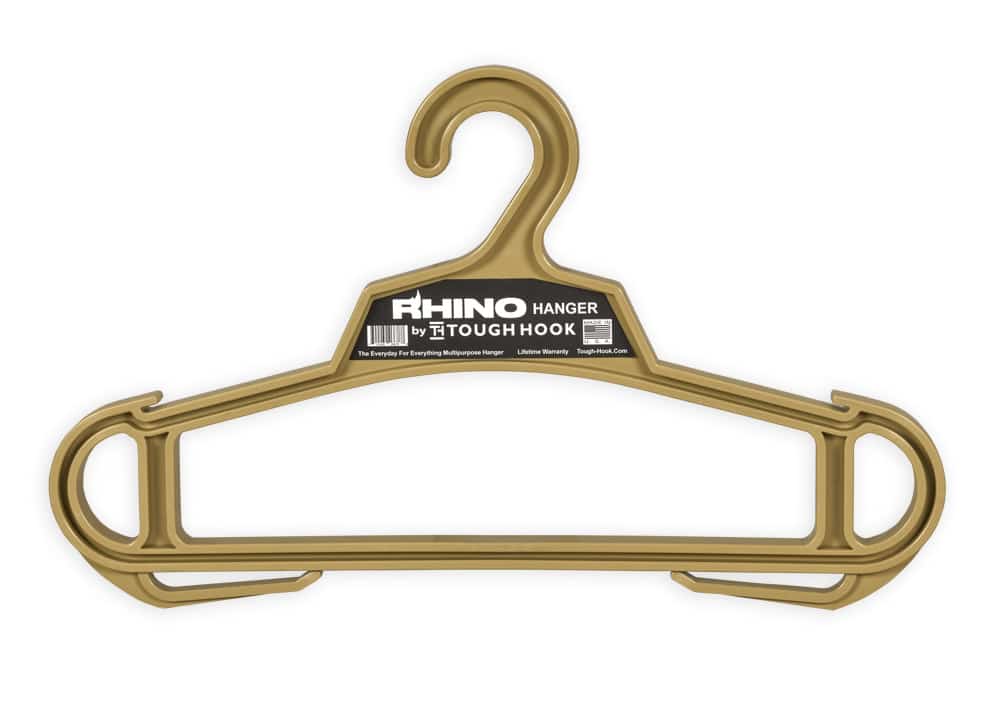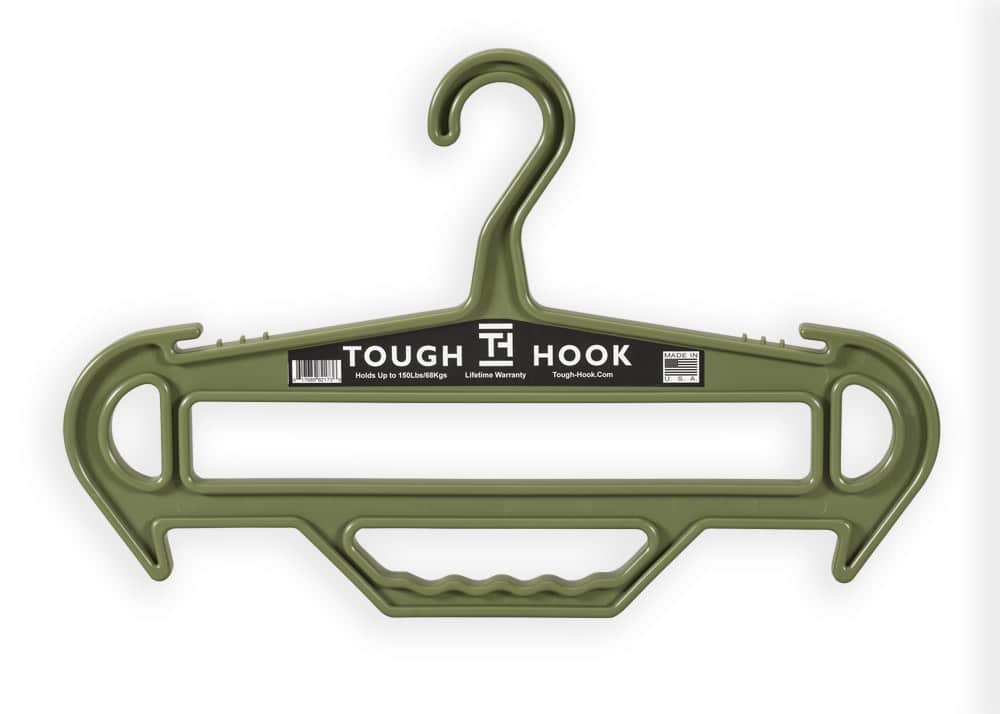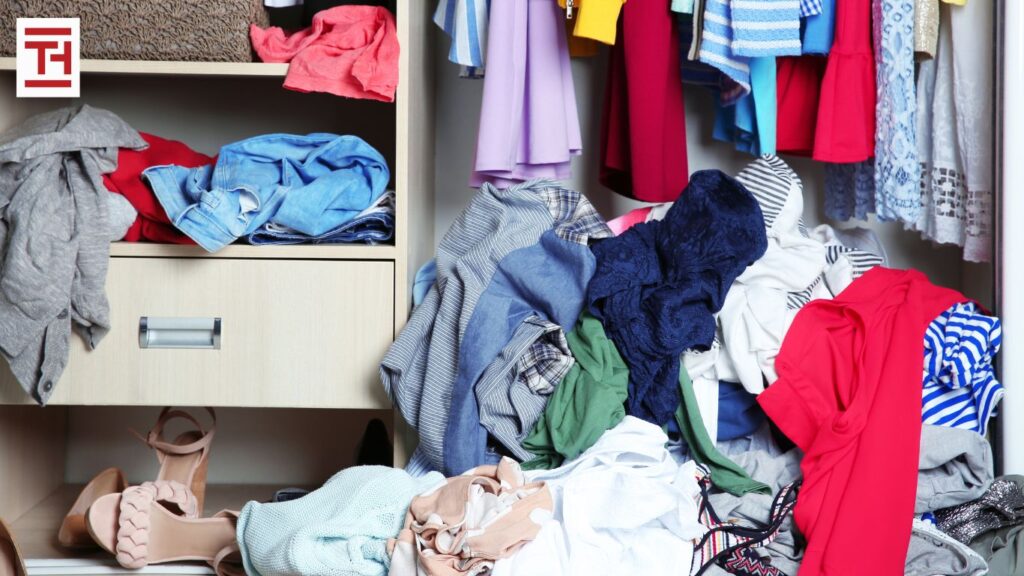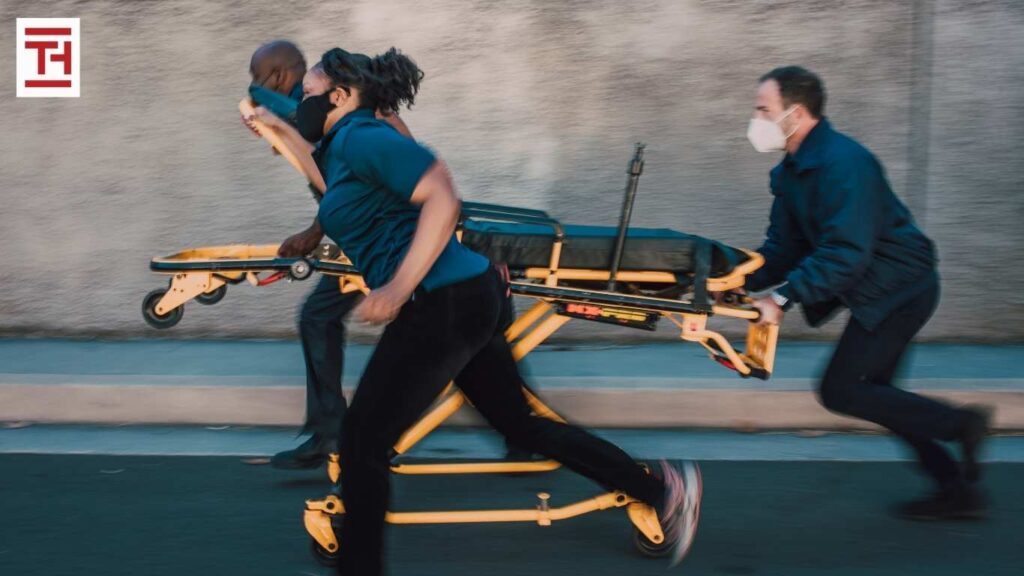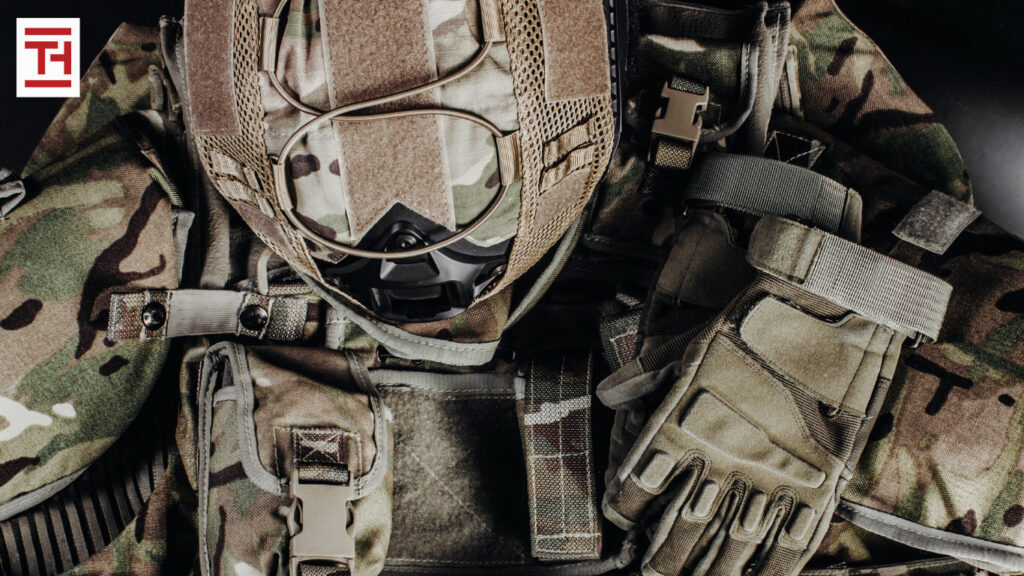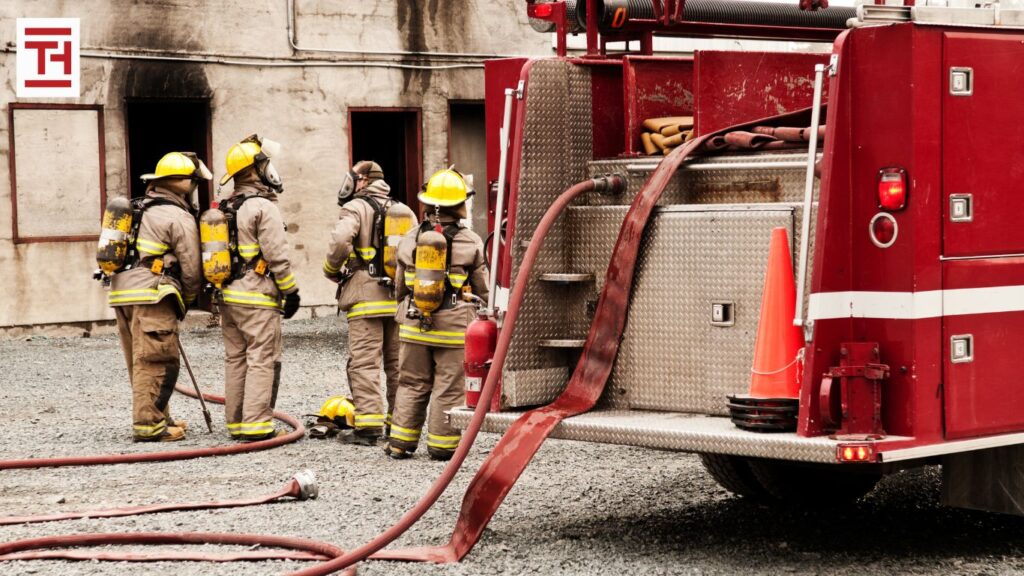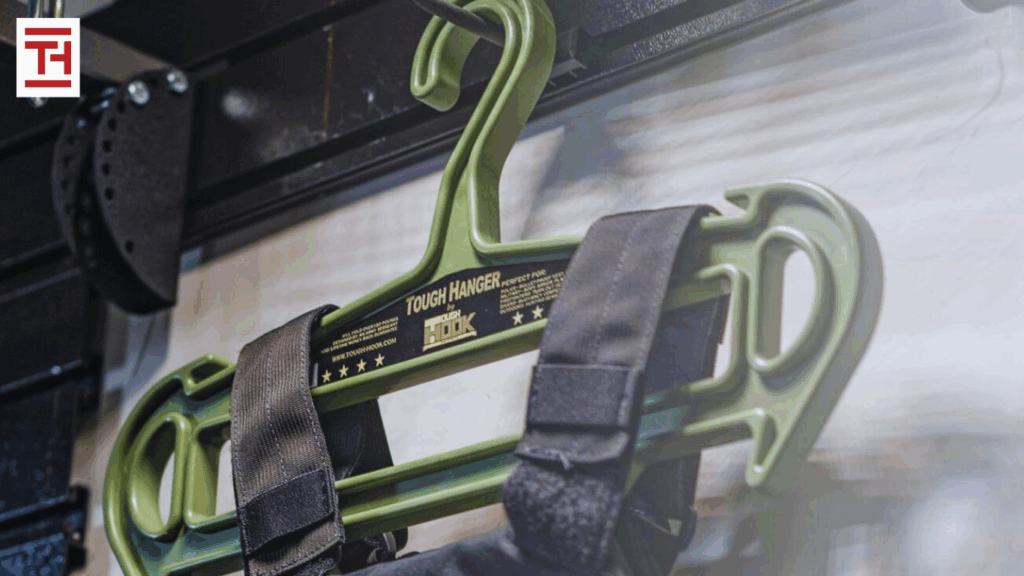School athletics are the heartbeat of many educational institutions, fostering teamwork, discipline, and physical prowess. Behind every successful team, however, lies a mountain of equipment—jerseys, helmets, pads, balls, and an endless array of specialized gear. Managing this equipment, from its journey out of the locker room to its deployment on the sidelines and back again, presents a unique set of challenges. Effective gear storage is not just about tidiness; it’s about prolonging equipment life, ensuring athlete safety, promoting efficiency, and ultimately, contributing to the overall success of the athletic program.
The Locker Room Labyrinth: A Starting Point for Organization
The locker room often serves as the central hub for athletic gear. It’s where equipment is distributed, stored between practices, and sometimes, where it tragically goes missing. A well-organized locker room is the first step towards a streamlined gear management system.
Key considerations for locker room storage include:
-
Individual Lockers: While not strictly for team equipment, individual lockers are crucial for athletes to store personal items and, in some cases, smaller pieces of assigned gear. Ensuring these are robust and offer adequate ventilation is important to prevent mildew and odor buildup.
-
Team Gear Cages/Rooms: For shared equipment like helmets, shoulder pads, and jerseys, dedicated, secure storage is paramount. These spaces should be easily accessible to coaches and equipment managers but restrict unauthorized access.
-
Ventilation and Airflow: Sports equipment, especially protective gear, can retain moisture and odors. Proper ventilation in locker rooms and storage areas is essential to prevent bacterial growth and extend the lifespan of equipment. Dehumidifiers can be a valuable addition in humid climates.
-
Labeled Bins and Shelving: Categorizing equipment by sport, size, or type and storing it in clearly labeled bins or on shelves drastically reduces retrieval time and minimizes misplacement.
-
Heavy-Duty Hangers: For jerseys, uniforms, and even some protective gear with straps, utilizing heavy-duty hangers is a game-changer. Standard plastic or wire hangers simply can’t withstand the weight and bulk of athletic uniforms, leading to sagging, stretching, and damage. This is where a company like Tough Hook shines. Their heavy-duty hangers are designed to handle the most robust athletic gear, ensuring uniforms maintain their shape and last longer. Imagine football pads or hockey jerseys neatly hung, allowing for proper drying and easy identification, rather than piled in a heap.
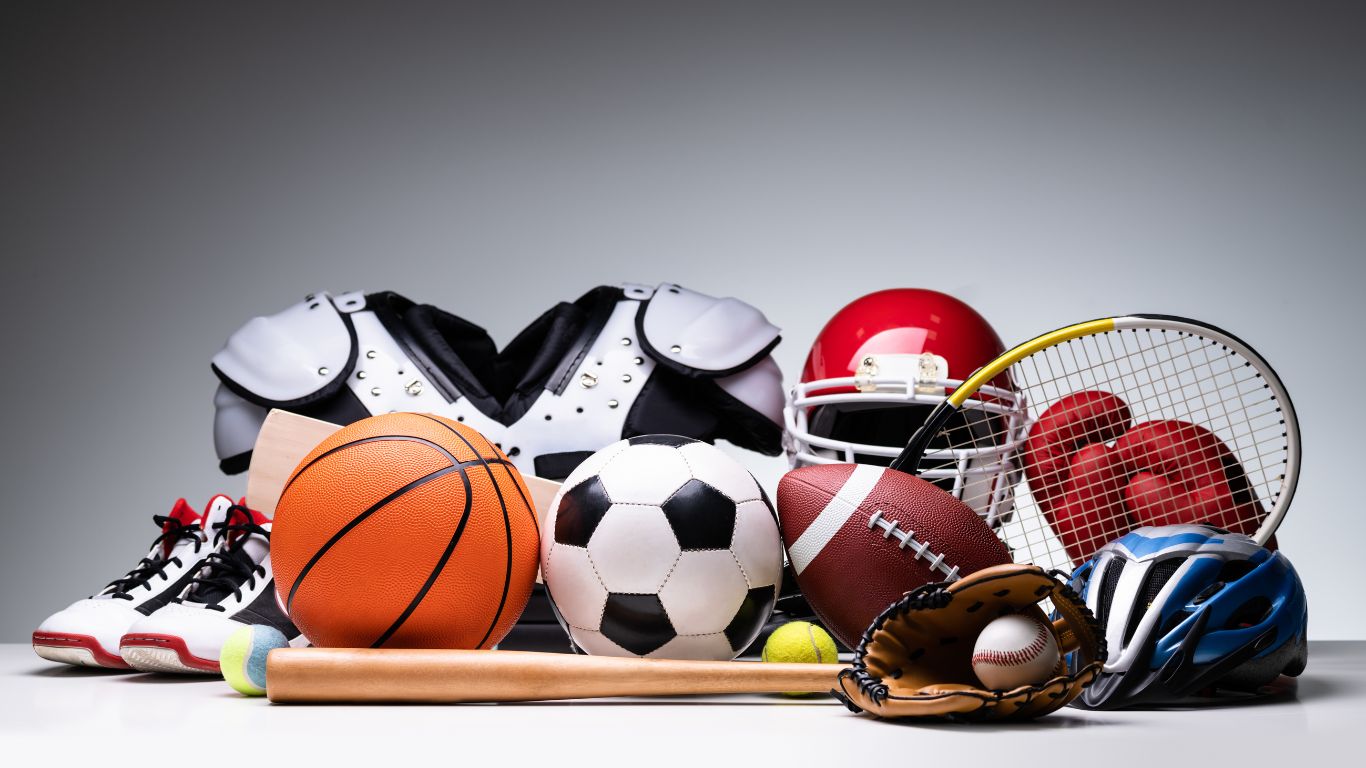
2 Pack RHINO Heavy Duty Clothes Hanger Bundle
Original price was: $25.95.$23.95Current price is: $23.95.Beyond the Locker Room: Transporting and Storing Sideline Essentials
The journey of gear doesn’t end at the locker room door. For practices and games, equipment needs to be transported to fields, courts, and tracks and then efficiently stored on the sidelines.
Strategies for sideline gear management:
-
Rolling Carts and Bins: For balls, cones, and smaller training aids, rolling carts or large, wheeled bins are invaluable. They allow for quick transport and easy access during drills.
-
Specialized Bags: Coaches often use large, durable bags for specific equipment sets, such as first-aid supplies, coaching aids, or individual player kits. These bags should be water-resistant and clearly labeled.
-
Pop-Up Tents/Shelters: For outdoor sports, a designated area with a pop-up tent can provide shelter for equipment from the elements, protecting it from sun, rain, or dust. This also creates a centralized “command center” for coaches.
-
Portable Racks and Hangers: During games, especially for sports with multiple uniform changes or quick substitutions, portable garment racks equipped with heavy-duty hangers are incredibly useful. Imagine a basketball team having their warm-up jerseys and game jerseys neatly hung and easily accessible for pre-game and half-time changes. Again, Tough Hook hangers prove their worth here, ensuring uniforms are ready to go, not crumpled on a bench.
-
Designated “Drop Zones”: Establishing clear areas on the sidelines for used equipment (e.g., water bottles, towels, practice pinnies) prevents clutter and makes post-practice cleanup more efficient.
Maximizing Equipment Lifespan: The Unsung Hero of Storage
Proper storage is directly linked to the longevity of athletic equipment, which in turn impacts the athletic department’s budget.
How storage extends equipment life:
-
Reduced Wear and Tear: When equipment is neatly stored, rather than piled or thrown, it experiences less abrasion, crushing, and deformation. Helmets maintain their structural integrity, pads don’t get compressed, and uniforms avoid unnecessary creasing or tearing.
-
Protection from Elements: Storing equipment in dry, climate-controlled environments prevents damage from moisture, extreme temperatures, and UV exposure. This is particularly crucial for leather goods, composite materials, and electronic training aids.
-
Prevention of Mildew and Odor: As mentioned, proper ventilation and drying are critical. When uniforms and protective gear are hung to air dry on durable hangers, such as those offered by Tough Hook, rather than being stuffed into bags, they dry more effectively, preventing the growth of odor-causing bacteria and mildew that can degrade fabric and padding.
-
Organized Inventory: A well-organized storage system facilitates regular inventory checks. This allows for timely repairs or replacements of damaged equipment before it compromises athlete safety or performance.
Safety First: How Storage Contributes to Athlete Well-being
While the most direct link to athlete safety is the quality and maintenance of the equipment itself, proper storage plays a significant, albeit often overlooked, role.
Storage’s impact on safety:
-
Maintaining Equipment Integrity: When gear is stored correctly, it’s less likely to be damaged, ensuring it provides the intended level of protection. A helmet that’s been crushed due to poor storage may not offer adequate impact absorption.
-
Easy Access to Emergency Equipment: Clearly marked and easily accessible storage for first-aid kits, AEDs, and emergency stretchers is non-negotiable. Every second counts in an emergency.
-
Reduced Tripping Hazards: A well-organized storage area, free of scattered equipment, minimizes tripping hazards for athletes, coaches, and staff.
-
Hygiene and Health: Preventing mildew and bacterial growth through proper ventilation and drying, aided by the use of appropriate hangers for uniforms and protective gear, contributes to a healthier environment for athletes, reducing the risk of skin infections and respiratory issues.
The Efficiency Factor: Time Saved, Focus Gained
In the fast-paced world of school athletics, time is a precious commodity. Efficient gear storage saves valuable minutes that can be redirected to coaching, training, or athlete development.
Efficiency gains from optimized storage:
-
Faster Equipment Distribution and Collection: When everything has its place and is clearly labeled, coaches and equipment managers can quickly find and distribute the necessary gear for practices and games. Similarly, collection and return become more streamlined.
-
Reduced Lost or Misplaced Items: An organized system significantly decreases the likelihood of equipment going missing, eliminating the time-consuming process of searching for misplaced items.
-
Simplified Inventory Management: Regular, systematic inventory checks are easier to perform when gear is organized, allowing for more accurate tracking of assets and budgeting for replacements.
-
Less Coaching Time Spent on Logistics: When gear management is efficient, coaches can devote more of their energy and focus to their athletes’ performance and development, rather than getting bogged down in logistical headaches.
The Role of Heavy-Duty Hangers: An Essential Detail
It’s easy to overlook something as seemingly simple as a hanger, but for athletic departments, the choice of hanger can have a significant impact. Standard hangers are simply not built to withstand the weight and bulk of athletic uniforms, especially when wet from sweat or rain. This leads to broken hangers, uniforms falling to the floor, and ultimately, damaged or wrinkled gear.
Tough Hook specializes in robust, heavy-duty hangers designed specifically for demanding applications. Their hangers are engineered to hold heavy tactical gear, protective equipment, and, crucially, athletic uniforms without bending, breaking, or deforming. Investing in Tough Hook hangers for locker rooms and sideline use means:
-
Uniform Preservation: Jerseys, shorts, and other uniform components will maintain their shape and integrity, extending their lifespan and presenting a professional appearance.
-
Improved Drying: When uniforms are hung properly, air circulates more freely, promoting faster and more complete drying, which in turn prevents odor and mildew.
-
Enhanced Organization: Sturdy hangers allow for neat, consistent hanging of uniforms, making it easier to identify and retrieve specific items.
-
Durability and Longevity: Unlike flimsy alternatives, Tough Hook hangers are built to last, providing a long-term solution for athletic gear storage.
A Strategic Investment in Athletic Success
From the bustling locker room to the dynamic sidelines, effective gear storage is a fundamental, yet often underestimated, component of a successful school athletic program. It’s an investment that pays dividends in equipment longevity, athlete safety, operational efficiency, and ultimately, the overall success and morale of the team. By implementing thoughtful storage solutions, utilizing durable products like heavy-duty hangers from Tough Hook, and fostering a culture of organization, schools can ensure their athletes have the best possible support, allowing them to focus on what truly matters: performing at their peak and achieving their athletic aspirations.

